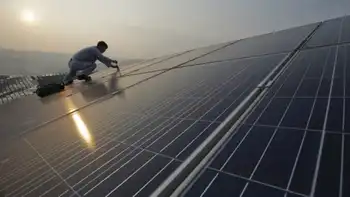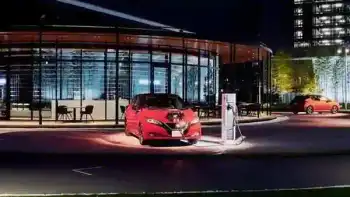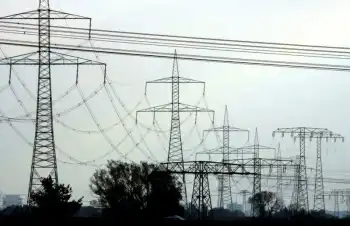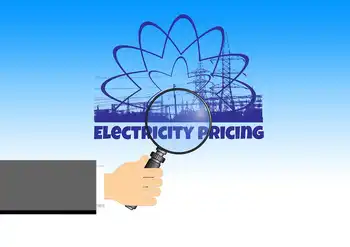Tesla electric sports car coming to Canada
By Toronto Star
Substation Relay Protection Training
Our customized live online or in‑person group training can be delivered to your staff at your location.

- Live Online
- 12 hours Instructor-led
- Group Training Available
But recession or not, there's no shortage of interested buyers for the emission-free sports car, said company spokeswoman Rachel Konrad. More than 1,000 Canadians have subscribed to an online newsletter looking for the latest updates from Tesla, which is named after inventor Nikola Tesla, who invented alternating current technologies that made it possible to transmit electricity over long distances. This led to the creation of the modern electricity grid.
"We have a huge number of people from Canada asking to be first in line," said Konrad.
They'll have to pay somewhere around $120,000, though, and half of that must come up front as a $60,000 (US) deposit. In return, they'll get the first highway-capable electric car produced and sold in North America.
Tesla said it will start delivering cars to Canadian customers in the fourth quarter, initially from retail and service facilities opening in New York and Seattle over the coming few months. Eventually, the San Carlos, Calif.-based company plans to open facilities in Ontario, Quebec and British Columbia.
Tesla is producing about 10 Roadsters per week and has already delivered more than 200 to U.S. customers. The Roadster, which competes directly with high-performance vehicles from Porsche and Ferrari, can travel from zero to 100 kilometres per hour in four seconds.
"The Tesla Roadster competes with any sports car in its class for acceleration yet is twice as energy efficient as a Toyota Prius," the company said.
High-profile customers to date include George Clooney, Michael Dell, Arnold Schwarzenegger, and Canadian billionaire Jeff Skoll, who is also an early investor in Tesla.
On March 26, Tesla's four-door sedan, the Model S, will be unveiled. It's expected to sell at a base price of $57,400 (US) and will be available for sale in the second half of 2011.
The company said Canada is an ideal place for electric vehicles because the majority of electricity generation comes from emission-free sources, particularly in the provinces being targeted.
A Roadster recharged from the current Canadian grid through a standard household outlet, on average, would have 85 per cent fewer greenhouse-gas emissions than an equivalent gasoline-powered vehicle, the company said. That number climbs to 98 percent in Quebec, B.C., and Manitoba where hydroelectricity is the dominant form of generation.
"Canada is the poster child for the electric vehicle," said Konrad, who said Skoll was among those who pushed for sales into Canada.
Elon Musk, Telsa's chief executive and chairman, also has Canadian connections. Musk emigrated from South Africa as a teenager in the late 1980s and went directly to Kingston, where he enrolled at Queen's University. He eventually transferred to the University of Pennsylvania, and went on to found e-commerce company PayPal before it was purchased by eBay in 2002 for $1.5 billion.
Musk's mother is also Canadian, born in Regina, and most of his extended family still lives in Saskatchewan, where Musk once worked on a wheat farm when he first arrived in Canada at the age of 17.
Asked whether the battery packs in the Tesla Roadster can handle punishing Canadian winters, Konrad said most of the extreme cold-weather testing was done on a frozen lake in Sweden, which shares a similar climate to Canada. Norway and Denmark are also among Tesla's top European markets.
"After getting caught in a freak snowstorm in New York City in November, I can personally attest that it performs well in snow," said Konrad.
A number of car manufacturers, large and small, are rushing to introduce electric cars or plug-in hybrid vehicles over the coming few years, including giants Ford, Toyota, Nissan and Chrysler.
It was the Tesla Roadster, according to General Motors vice-chairman Bob Lutz, that motivated his company to develop its Volt electric car, which expected to hit he market in 2010.











